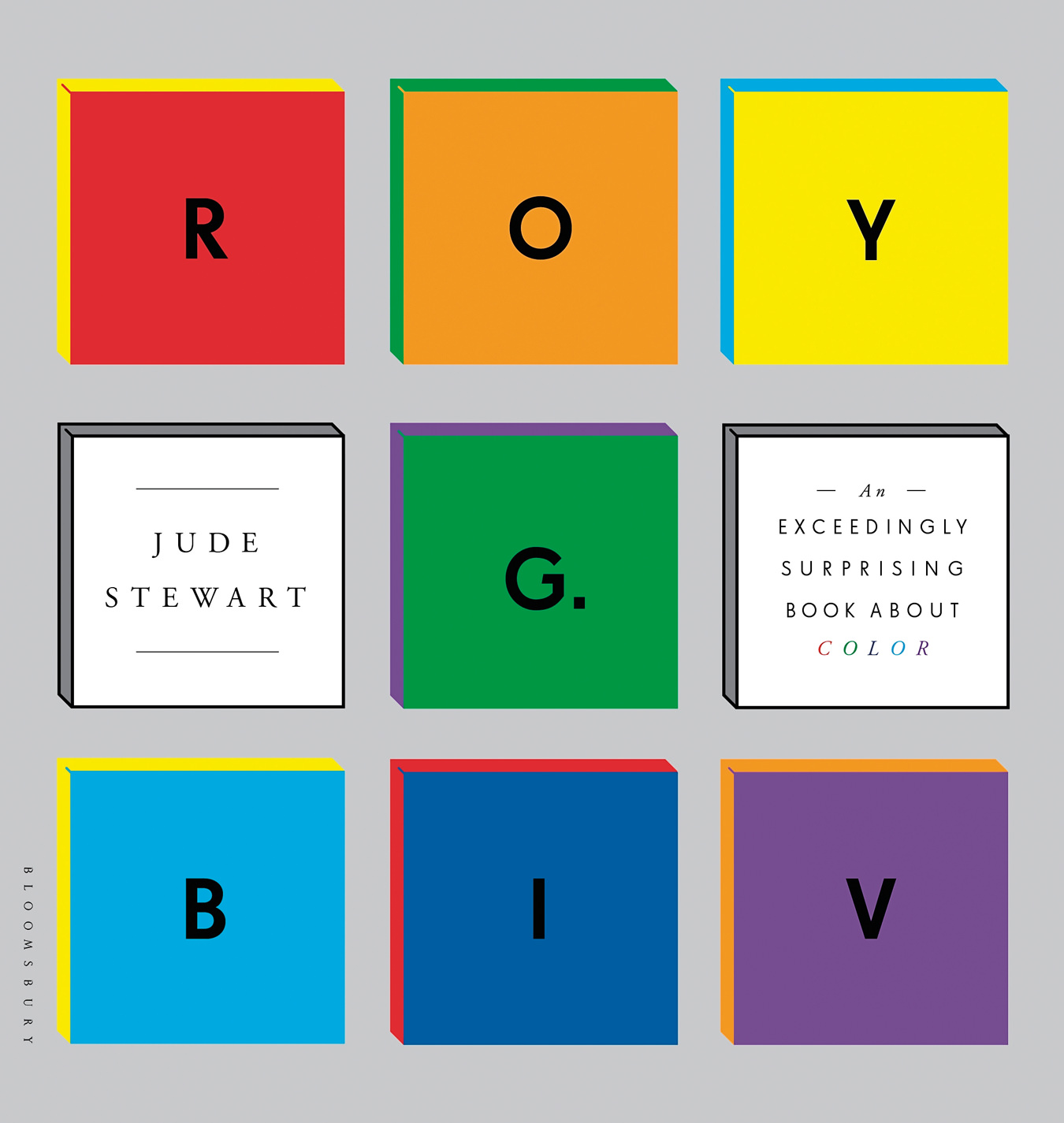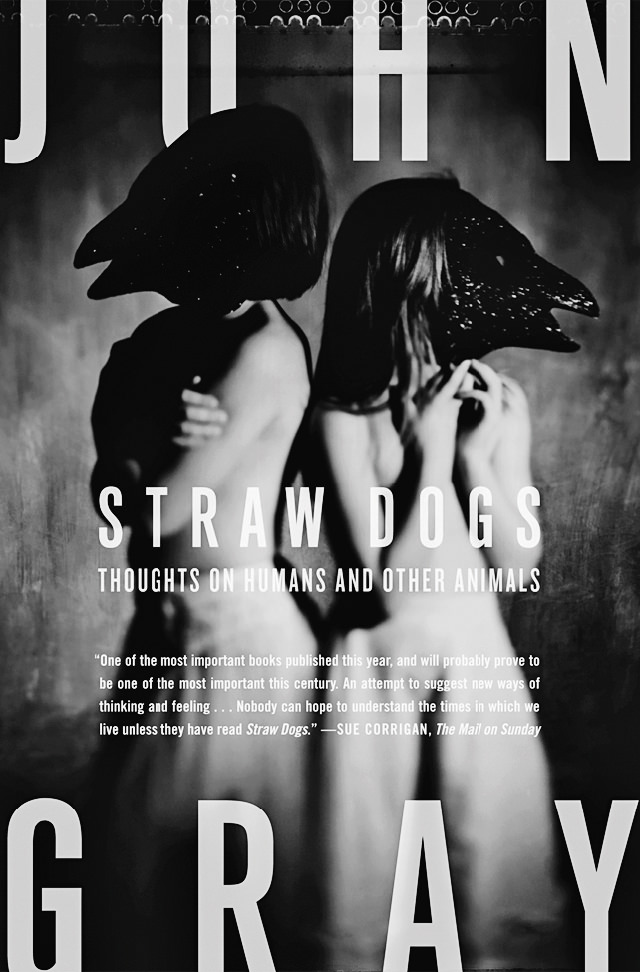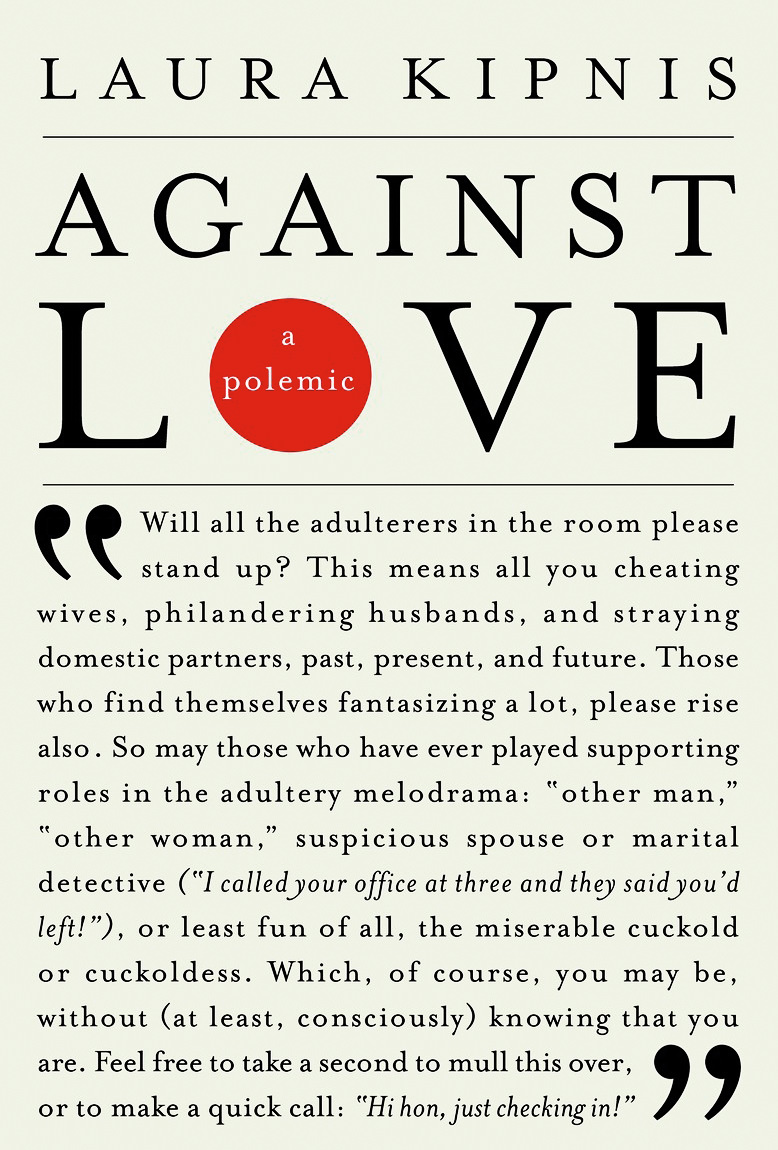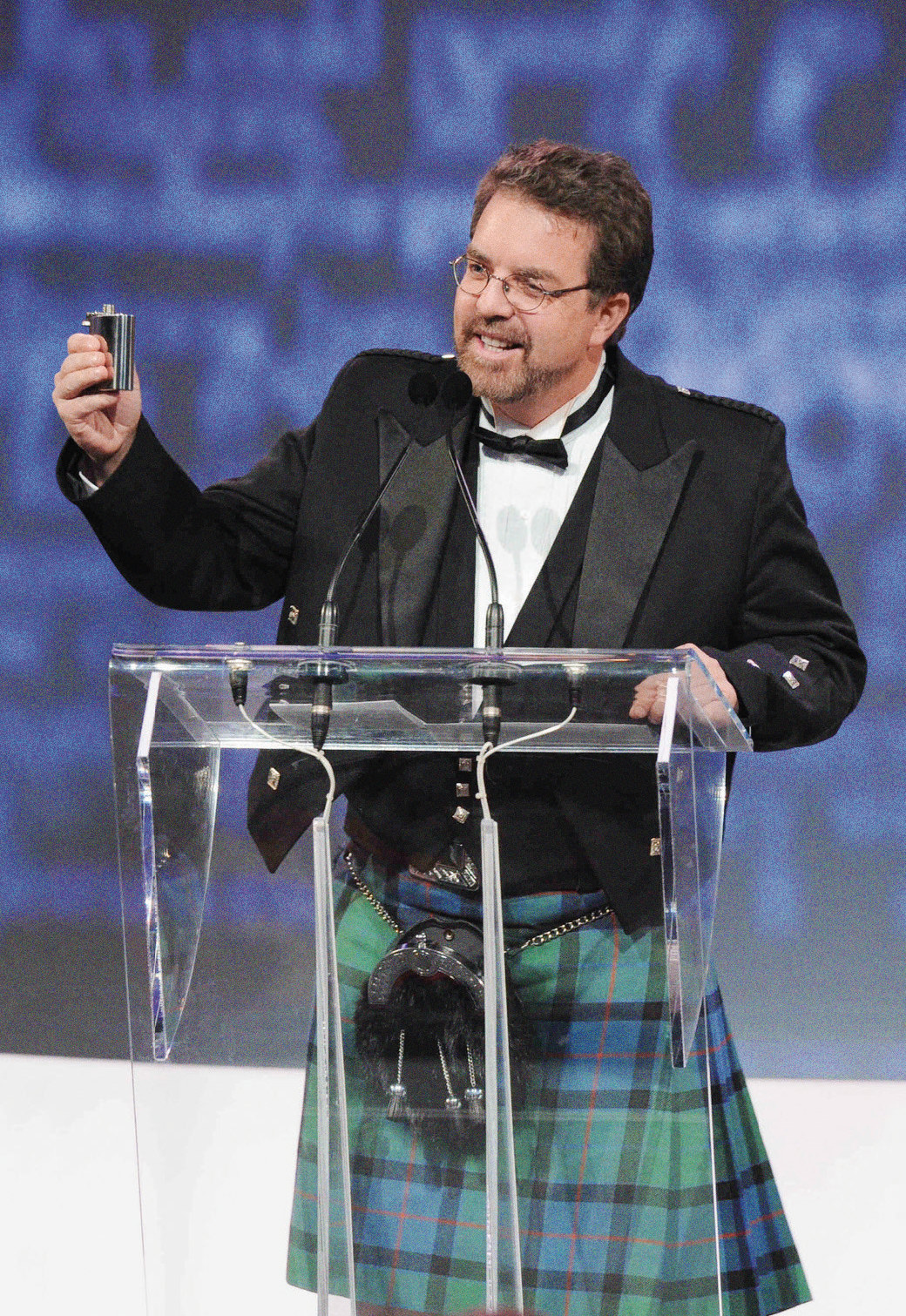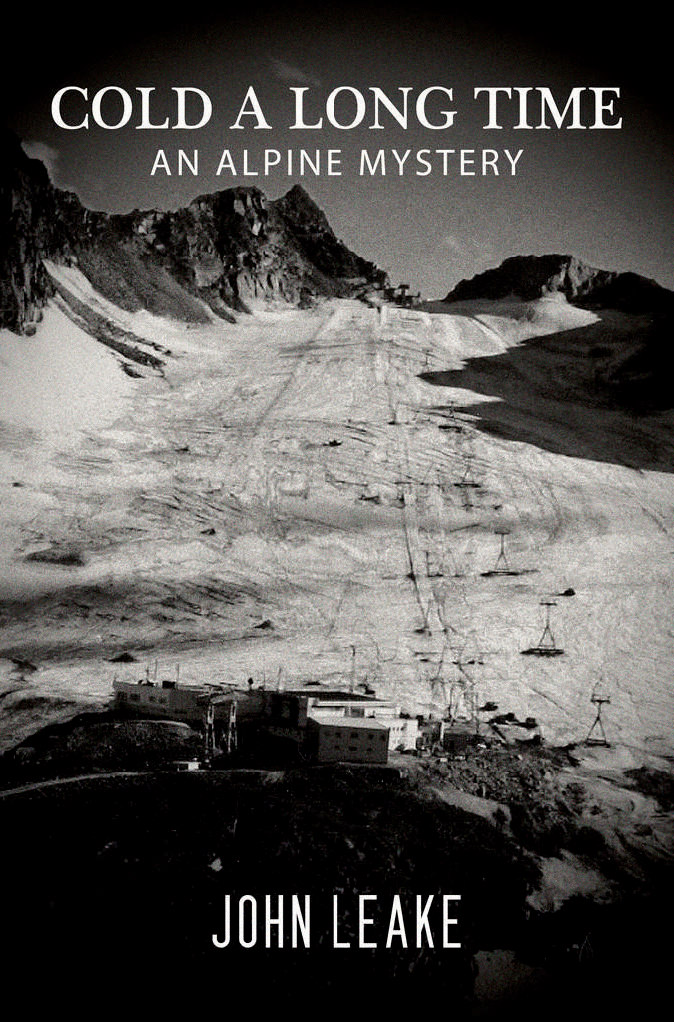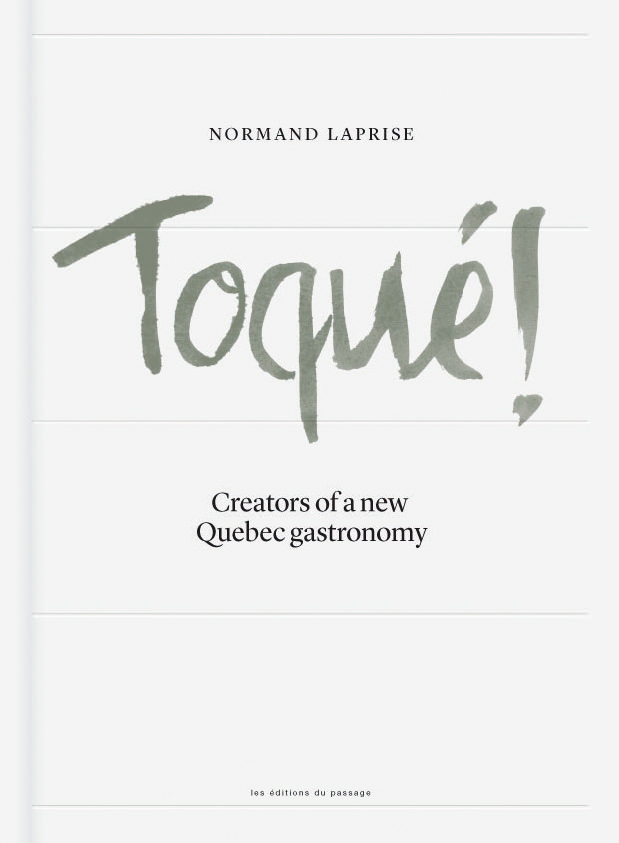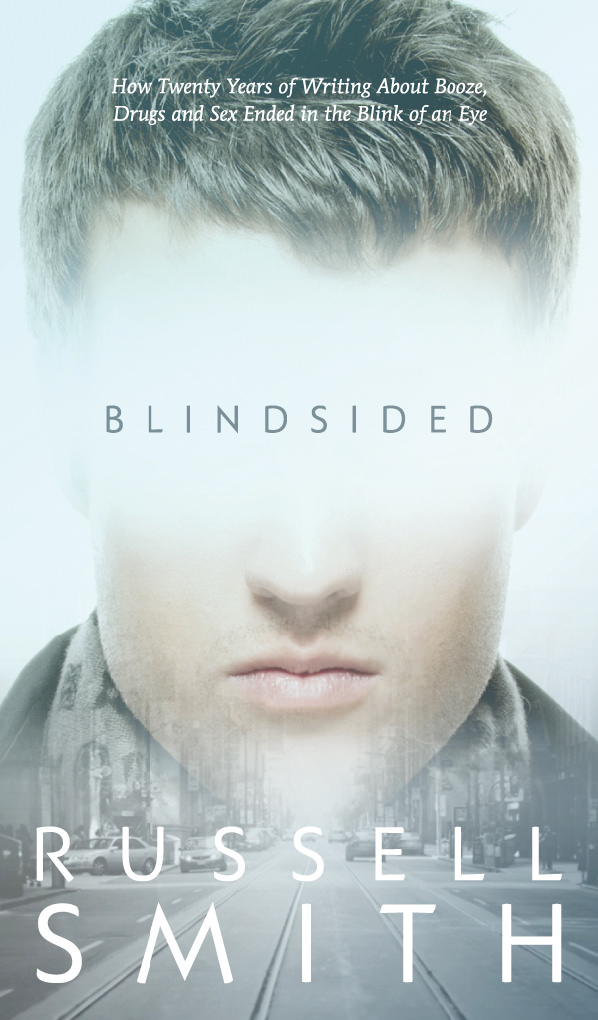Off the Shelf: Puzzles, Polemics, and Patterns
Books by Laura Kipnis, John Gray, and Jude Stewart.
There’s much to be learned about who we are from the various ways we fill our downtime. From games and gaming to puzzles and crafting, our preferences and tastes during leisure time can prove indicators of other aspects of ourselves, individually and as a social body.
Long after the holidays had gone stale, I found myself still hacking away at a puzzle designed by the U.K.’s signal intelligence agency, GCHQ (Government Communications Headquarters, which is, specifically, their stable of cryptographers), then sent out via The Guardian as a holiday greeting to the nation. Like CSIS or the NSA sending best wishes through a back-door channel on your laptop, it had a whiff of the “just-so-you-know-we’re-still-here-despite-all-the-incendiary-leaks” about it. Nonetheless, the puzzle was fun, and I’d cracked the first level and was a good way through when I realized I’d made serious errors along the way. Once I’d sorted and revised my mistakes it became clear what had led me down a dark alley: pattern. Or, in this case, my mind’s hard-wired desire for pattern where there wasn’t any. I say “my” mind but we’re all suckers for patternicity. Psychologists call it “intentionality bias”. And from crosswords to conspiracies, board games to gods, stitch-work to star alignments, our mental machinery craves after linkages, symmetries, repetition, and significance even when we consciously know there are none present. Or, maybe more disturbingly, even after we’ve been shown there to be nothing but happenstance and chaos.
On the other hand, pattern is foundational to reality—at least, the knowable parts of reality. Pattern is information, and information is what the cosmos is made from. So where does that leave us, assuming we don’t go a little bonkers contemplating it all?
Laura Kipnis is an acclaimed American cultural critic and a blisteringly witty prose writer. She’s written on sexual politics, gender, culture, and media (some of the most heatedly contentious terrain of the past 30 years) without ever dampening her talents for crystalline thought combined with wildly entertaining points of argument. If you missed Against Love: A Polemic from 2003, don’t worry, the paperback is as biting, insightful, and hilarious now as it was when first published in the aughts. “Against Love?! What loon could, or would, formulate a critique of the only thing that matters?” It’s this very notion—un-interrogated, culturally dominant, practically unquestionable—that Kipnis takes apart and mocks with such quiet glee and forceful aplomb. Not until after you’ve read this book will you get a clear glimpse of how blindly we, as a culture, take long-term, monogamous, romantic coupling as the ne plus ultra of fulfilled, successful existence. It bears all the markings of a deeply entrenched and bovinely worshipped religion.
Just one of Kipnis’s arguments, and one she gets incredible mileage out of, I hope will disabuse you of the suspicion she’s simply playing the cynic or contrarian for mere attention. (In fact, she calls anti-romantics and outright love-cynics the heretics that prove their own deeper beliefs.) After reminding us of neoliberalism’s magical inversion of its promise to free us from labour, afford more leisure goods, and generally increase our life quality (we’re now working longer life-hours at less meaningful work for fewer real wages than ever), she goes on to expose the ubiquitous mantra seen everywhere from couples therapy to self-help to plain old common sense: that relationships, if they are to work, require a lot of work. Not some work. Hard work. And a lot of it. So once you’ve kicked back after your 65-hour work week doing whatever-it-is for not-nearly-enough, you’re now faced with the factory floor of your own love life. There’s work to be done. In fact, there doesn’t seem to be an end to forced work anywhere in sight.
Note, though, the subtitle of Kipnis’s dark screed, A Polemic. She’s deliberately playing foul. Going overboard in one direction in hopes of making a dent. Against Love takes one of our most cherished shibboleths down from a pedestal so we can inspect it from a different angle—some angle, any angle, other than piety, zealous certainty, and blind submission with Vaseline on the lens. This is a wicked, unflinching, insurrectionary book. Kipnis should be turned loose on a herd of our sacred cows.
John Gray’s prose may not boast the same sly wit as Kipnis’s, but he shares with her an iconoclast’s mean streak, a thirst for intellectual big game that makes his books for mass audience go off like depth charges. Gray is an eminent political philosopher in the U.K., professor emeritus of European thought at the London School of Economics, but he has a healthy disdain for the insular, often arcane, and self-justifying methods of academia. His last few books have been directed at a wide reading public—which is not to say dumbed down; in fact, the opposite. Straw Dogs: Thoughts on Humans and Other Animals is a relentless decimating of more than a thousand years of western thought. You’re guaranteed—if you’re one for overturning the table the puzzle is set on—to return and re-read more than once. It could be called a polemic, except the tone of Straw Dogs carries a weird, unsettling equanimity, as though Gray’s not all that concerned over whether or not we come out convinced. He’ll take your quiet liberalism out behind the woodshed for a thrashing, but he’s not getting any particular joy from dishing it out.
Pattern is information, and information is what the cosmos is made from. So where does that leave us, assuming we don’t go a little bonkers contemplating it all?
Gray’s thinking can soar over centuries of western ideas, surveying and alighting on what’s worth salvaging, then laying waste to the rest. This wreckage he sees as the result of our core fixations on “transcendence” and “progress”. His voice is stringent, harsh, clear, and free of needless obfuscations and jargon. Finding the straightest line between two points, he states his convictions in language a child could comprehend.
So who, and what, is he targeting? Humanists, Liberals, Progress. It sounds scary because it is. From Plato through Christianity, the Enlightenment, left and right radicalism, early and late mysticism, and on to our current etiolated secular humanism, Gray identifies a persistent and illusory faith in our species’ essential betterment. A toxic belief that our fate is somehow unconnected to that of the other species we share a planet with. He sees little to no evidence anywhere to support such a view of the arc of history. Liberal humanism, to Gray, is “a secular religion thrown together from decaying scraps of Christian myth.” The sooner we internalize a self-knowledge accurately reflecting our status as “dying animals”, the closer we’ll be to, well, not happiness, but perhaps sanity. For we animals caught up in the fog of idealism, future-worship, morality, and truth, Gray forages bitter medicine from disparate sources: the Tao, pre-modern animist beliefs, some Schopenhauer, bits of Freud-the-pessimist, and flashes of post-humanist philosophy. Not a super seductive mélange, maybe, but then most medicine tastes like crap.
Kipnis and Gray both have a sharp eye for the strange—and tragically funny—spectacle of the human animal braying about its stripes and plaids while stood head to toe in spots and frogs. They are masters of pattern recognition as much as they recognize when a commonly accepted pattern is notable for its absence.
Jude Stewart’s Patternalia and ROY G. BIV are compendiums of pure pleasure—sleek, contemporary but measured in their colour-use, and endlessly engaging. Both titles are like your dinner party’s best guest: colloquially brilliant, sharp-tongued, comedically dry, and packed with facts. You’ll want these books displayed in your home.
Forget the dreary stoner’s party-killing “Do we see the same green when we both look at the bud, bud?” ROY G. BIV goes places in colour theory, colour history, colour science, and colour non-essential trivia you didn’t know existed. From “gray goo” (nanotech doomsday scenario) to “pink noise” (you’ll have to read it to believe it) to “anti-flash white” (superpowered paint that deflected thermal radiation from Cold War bombers”), Stewart has written the equivalent of a psychotropic drug for the intellectually (visually) curious.
Patternalia is no less seductive. Bar codes, brickwork, planar geometry, plaid, kaffiyeh, and kente cloth all wander on and off stage, casually dazzling the reader while doing their bit to illuminate our mental machinery of pattern cognition. You’ll want to know what apophenia means (a perceived connect or pattern between unrelated things) for the next time your dinner guest brings along their true-believing “birther” cousin, or just for after the mescal’s been served and you’re seeing Lady Gaga in the uneaten torte.
Both of Stewart’s titles flaunt a modern interior layout. We’ve seen it before in titles that perhaps didn’t merit the jumpy back-and-forth; here, it’s the book itself that can barely keep up with our curiosity. Using infographics as chapter headers, whip-smart section titles (like “Polka Dots, Moonbeams, and Patriotism” or “The Quixotic Quincunx”) and boxed insets in the margins directing us elsewhere, the books have a hyper-link kineticism to their design. I felt I was gorging on treats, and discouraged in every way from being prudent. These are books to read with your kids, or haul out at a boozy dinner, or sit alone with and go googly-eyed with fascination.
We all off-handedly swear to learn a new language now and again, and power to us, but why not master the rich, zany language of brickwork (it’s quicker, for one, and includes less embarrassment). Your drab urban surrounds transform into a constantly shifting yet readable babble of pattern-reset-to-language. Or, here’s another challenge—and it’s a million-dollar puzzle—why not invent a brand-new, revolutionary pairing of motif with network, continue with a never-before-seen placement of your figure onto your net lines, with the result being a crazily addictive relation between the two, a super-attractive ratio of interval to unit. You’ve just cornered the market in surface design. Take it to the bank. By the way, why are dollar bills green?
The world is certainly a many-splendoured thing, and Jude Stewart’s titles are some of the more deliciously entertaining of those. I hope she continues, and produces a small library of books on our visual world and how we go about seeing it. As John Gray closes his ferocious essay, “Can we not think of the aim of life as being simply to see?”

